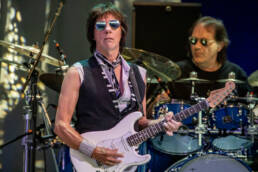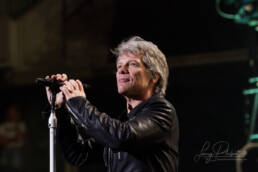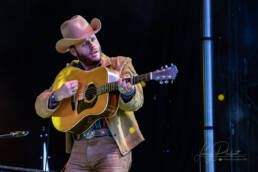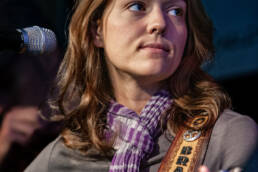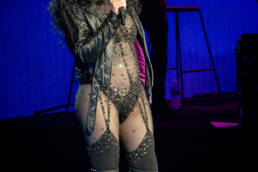Commodores: The Funk That Conquered The Charts
How it all Started
Imagine a crew of college freshmen at Tuskegee Institute in 1968, crammed into a dorm room, riffing on borrowed instruments with dreams bigger than their Alabama town. For The Commodores, music wasn’t just fun—it was a ticket out. It started with Lionel Richie, a tennis hopeful turned sax player, jamming with Thomas McClary, a guitarist with a preacher’s soul. They roped in pals, fueled by Motown’s pulse and a hunger to fuse funk, soul, and swagger. A campus talent show win lit the fuse—suddenly, they weren’t just students; they were a band with a mission. That rush of applause, the thrill of making a crowd move, drove them to ditch textbooks for tour vans, chasing a sound that’d shake the world.

The Men Behind the Groove
The Commodores’ story begins in Tuskegee, where six Black kids—Richie (vocals/sax), McClary (guitar), Milan Williams (keyboards), William “Wak” King (trumpet), Ronald LaPread (bass), and Walter “Clyde” Orange (drums)—forged a brotherhood. Named after a dictionary toss (they liked “Commodores” over “Comets”), they gigged relentlessly, catching Motown’s eye by 1971 as an opening act for The Jackson 5. Signed in ‘72, their early funk jams like Machine Gun (1974) built buzz, but Brick House (1977) and Richie’s ballads—Easy, Three Times a Lady—made them stars. Richie’s 1982 exit for solo fame rocked them, yet the core—Orange, King, and J.D. Nicholas (post-Richie)—kept the flame alive, a testament to grit and groove.
The Career That Funked Up the ‘70s
The Commodores were a one-band machine, no side projects needed. Their Motown run—Caught in the Act (1975), Movin’ On (1975), Hot on the Tracks (1976)—was pure funk fire. The Richie era peaked with Natural High (1978) and Midnight Magic (1979), blending dance-floor bangers with tear-jerkers. Post-Richie, Nightshift (1985) proved their staying power. The classic lineup? Richie’s honeyed voice, McClary’s stinging riffs, Williams’ funky keys, King’s brassy hooks, LaPread’s deep bass, and Orange’s pounding drums—a sextet that owned the ‘70s.
Relationships? Richie’s bond with Kenny Rogers led to “Lady” (1980), a crossover smash he wrote. Onscreen, they hit Thank God It’s Friday (1978) with “Too Hot ta Trot” and TV spots like Soul Train. Awards? They snagged a Grammy for “Nightshift” (1985, Best R&B Performance), plus a Hollywood Walk of Fame star in 1995—icons of funk’s golden age.
The big songs? “Brick House” (Orange/Shirley Hanna, 1977)—a strutting, bass-heavy anthem. “Easy” (Richie, 1977)—a mellow soul classic. “Three Times a Lady” (Richie, 1978)—a waltz to No. 1. And “Nightshift” (Orange/Franne Golde/Dennis Lambert, 1985)—a Marvin Gaye tribute that redefined them.
The Shadows That Followed
The Commodores’ ride had its bumps. Richie’s 1982 exit—chasing solo stardom with Can’t Slow Down—split fans and sparked bitterness; McClary later griped about “ego” in interviews, though Orange stayed diplomatic. In 1981, a tax evasion probe nabbed McClary and King—fines followed, but no jail, fueling whispers of mismanagement. The real shock came in 1990: a lawsuit claimed their old manager swindled millions, dragging their name through court. Tabloids ate it up—were they broke, betrayed? They settled quietly, but the stain lingered. Health woes hit too—Richie’s throat issues pre-exit, Orange’s vocal strain post-‘80s—yet they toured on, funk’s unsinkable ship, proving the groove outlasted the gossip.
The Commodores’ tale is one of dorm-room dreams, chart-topping glory, and a beat that continues to go on.
